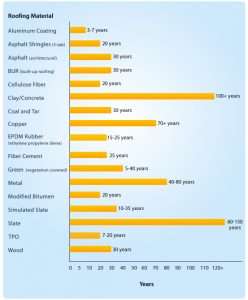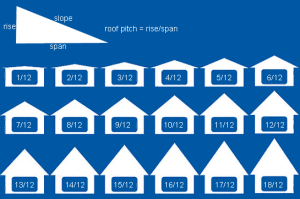Q. Does metal roofing cost more than a typical roof?
On average, standing seam metal roofing is twice the cost of an asphalt roof. Corrugate metal roofing is 1.5 times the cost of a typical roof. Life Cycle cost is far lower because these types of materials are much more durable and last two to three times longer than a regular roof.

Q. How much longer will a metal roof last than common roofing products such as asphalt or wood shingle?
Standing seam metal roofs have an average lifespan of 60+ years, whereas corrugate metal roofs have an average lifespan of 40+ years. A metal roof will pay off in energy efficiency savings and be a long-lasting investment for your home or business. There are standing seam metal roofs in Europe that are 400+ years old. Painted metal is limited to paint life for aesthetics only.
Q. Is metal roofing environmentally friendly?
Metal roofing on average is made from 95% recycled content. A special Kynar 500® coating reflects radiant heat and can cut energy costs by up to 20%. Most metal roofing integrates with most photovoltaic solar collection systems. This roofing material is 100% recyclable if it is ever replaced.
Q. How does metal roofing stand up to extreme weather such as hail, high winds and snow?
Metal roofing is extremely durable and made to withstand decades of abuse from extreme weather such as heavy snow, hailstorms, high wind and even wildfires. While meta is very tough, this type of roofing can still be dented by severe hailstorms and by fallen tree limbs. Metal roofing has a 140-mph wind rating, which means it can withstand wind up to 140 mph. When installed properly it can silence noise from rain, hail and protect better than any other roofing material.
Q. Is metal roofing only for large projects or can it be used on smaller structures like a porch or a detached garage?
Yes, metal roofing is versatile enough to use on large or small projects from a garage to an entire building or home.
Q. How does asphalt roofing affect the environment? Can it be recycled?
Most home roofing projects using one to three tons of shingles. Eleven million tons of shingles per year end up in a landfill and can remain there for 300 years. Shingles can be recycled in many states and can cost as little as $50 per ton. Recycling a ton of shingles replaces the equivalent of two barrels of oil. To find a shingle recycling center in the Denver area, visit www. shinglerecycling.org.
Q. What is roof pitch?Pitch is the term for the angle, slope, or slant, of your roof. Roof pitch designations are two numbers divided by a slash, such as 2/12 or 7/12. The first number refers to the vertical height. The second number refers to the horizontal length. A colon can replace the slash, as in 2:12 or 7:12. The meaning is the same – the ratio.
- Low Pitched Roofs: When the pitch of the roof is below 3:12, they are called low pitched roofs. Low pitched roofs are common in homes built in the 1960s. Asphalt shingles are not suitable for low-pitched roof design because the water doesn’t drain quickly enough and allows water to permeate within the shingles.
- Medium Pitched Roofs: Most roofs in America follow these dimensions, where pitch range is kept between 3:12 to 7:12.
- Steep Pitched Roofs: Anything above 7:12 will be called a steep-pitched roof. Victorian-era homes are known for their steeply-pitched roofs and sharp angles.

